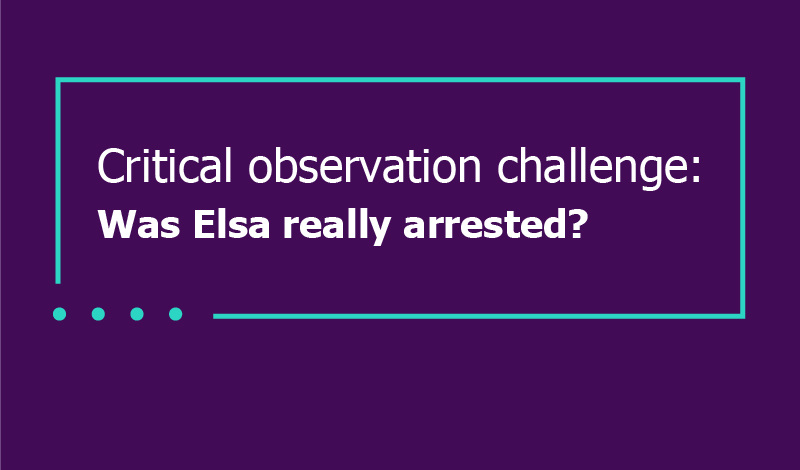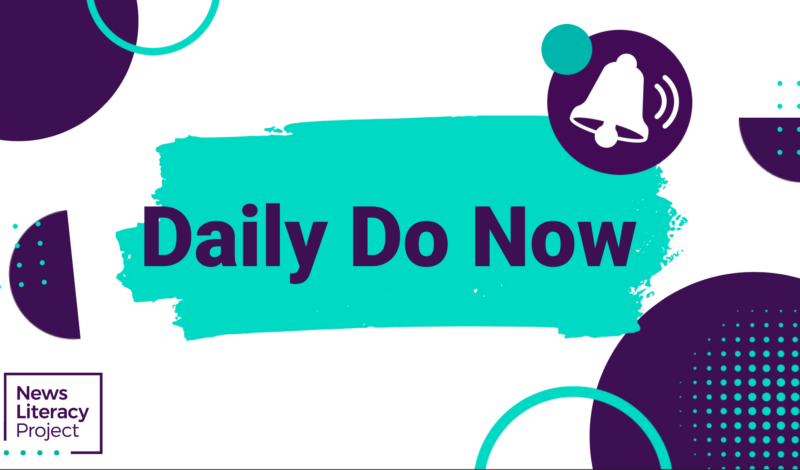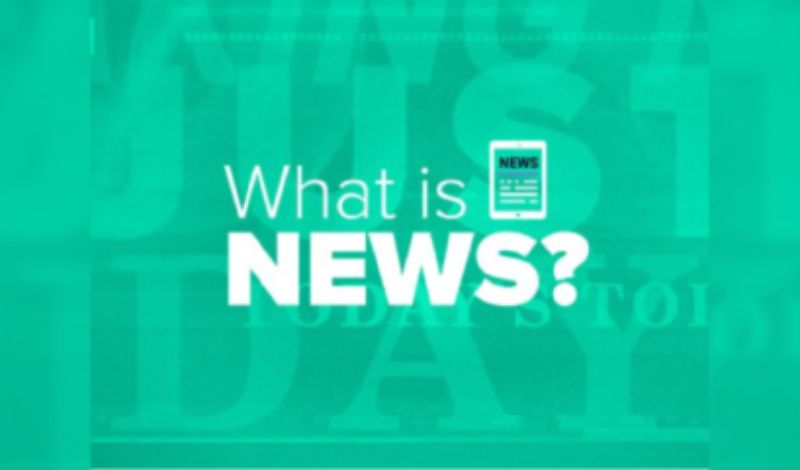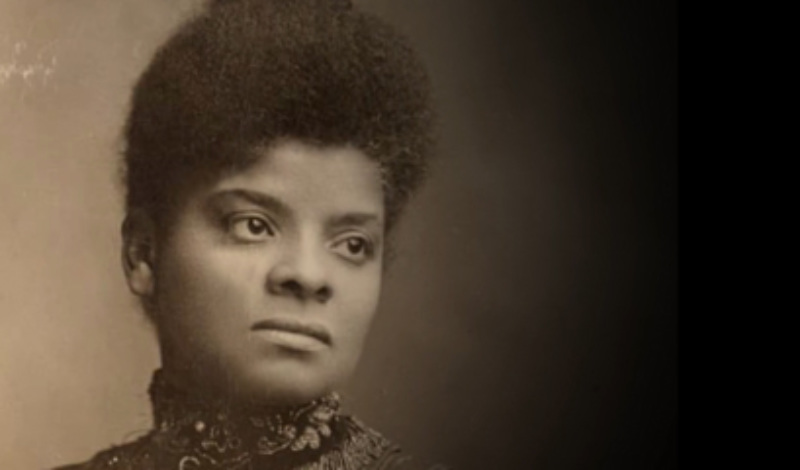
Critical observation challenge: Was Elsa really arrested?
This upper elementary slideshow activity introduces students to “critical observation skills”.
 As the amount of information at our fingertips grows at an unprecedented rate, filtering information is an increasingly essential news literacy skill. The foundational concepts of “InfoZones” help guide students to the vital realization that not all information is created equal and that the credibility of different types of information is often correlated with their purpose.
As the amount of information at our fingertips grows at an unprecedented rate, filtering information is an increasingly essential news literacy skill. The foundational concepts of “InfoZones” help guide students to the vital realization that not all information is created equal and that the credibility of different types of information is often correlated with their purpose.
By helping students discover six primary purposes of information, you can help them develop the habit of questioning the purpose of all the information they encounter.
Of course, most pieces of information have more than one purpose — a television show that is produced to be entertaining can also be informative, for example, or an advertisement produced to sell a product or service can also entertain — but this lesson helps students understand that almost all the information they encounter has one primary purpose that has a significant effect on its credibility.
In this lesson, students learn how to categorize information by determining its primary purpose and then align these purposes with six InfoZones to help them analyze the credibility of actual examples of information.
This news literacy classroom activity is suggested for grades 4-6, 7-9 and 10-12+.
NLP’s lesson plans cover core news literacy subjects that help provide educators with the resources to design their own units. Many of these lessons have a corresponding version on NLP’s e-learning platform, Checkology. You can find activities, quizzes, infographics and posters that complement many lessons in NLP’s resource library.
This upper elementary slideshow activity introduces students to “critical observation skills”.


This collection of “do now” resources is an ideal way to maximize news literacy learning in the opening minutes


In this lesson, students use four key criteria to explore how journalists determine which events to cover.


In this classroom activity, students select an event or issue in the news that interests them.


In this lesson, students learn about the vital role the First Amendment protections of free speech.



